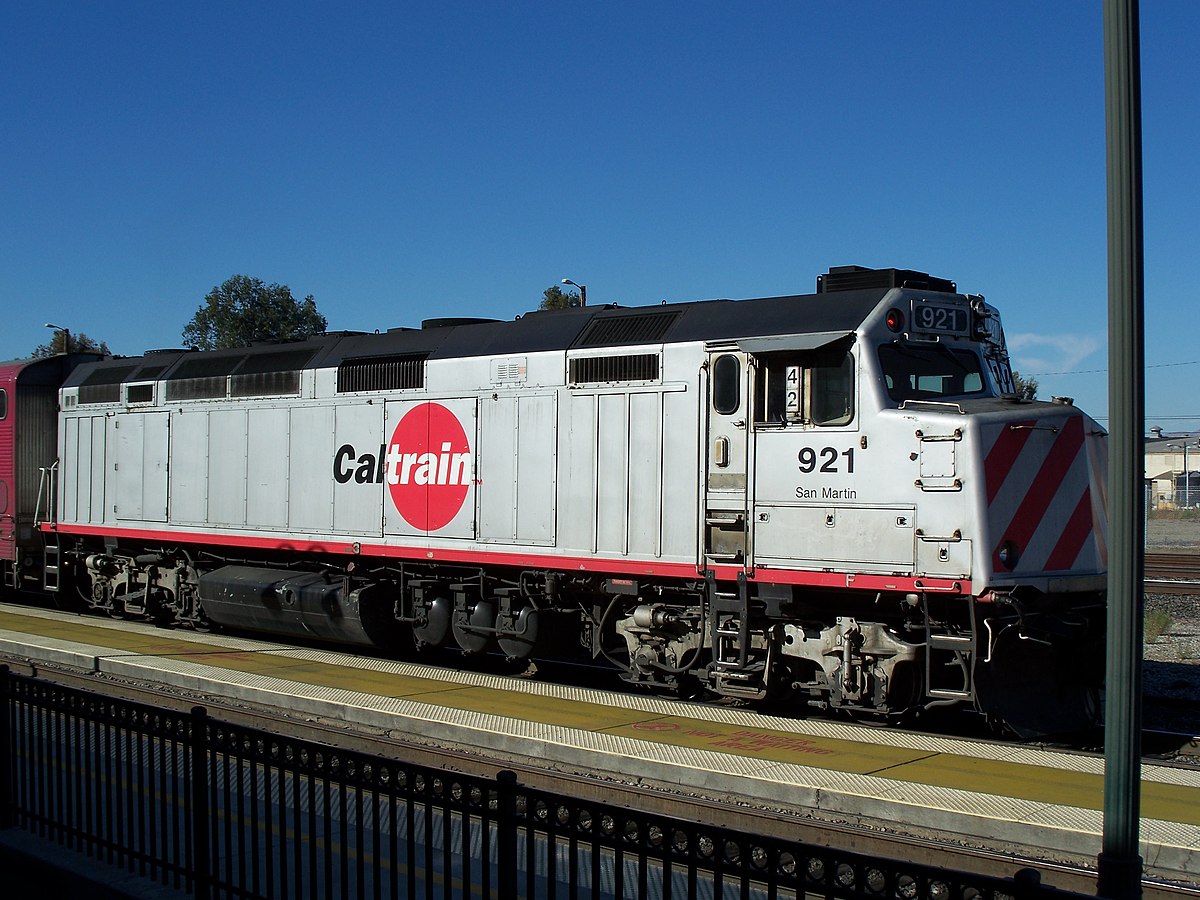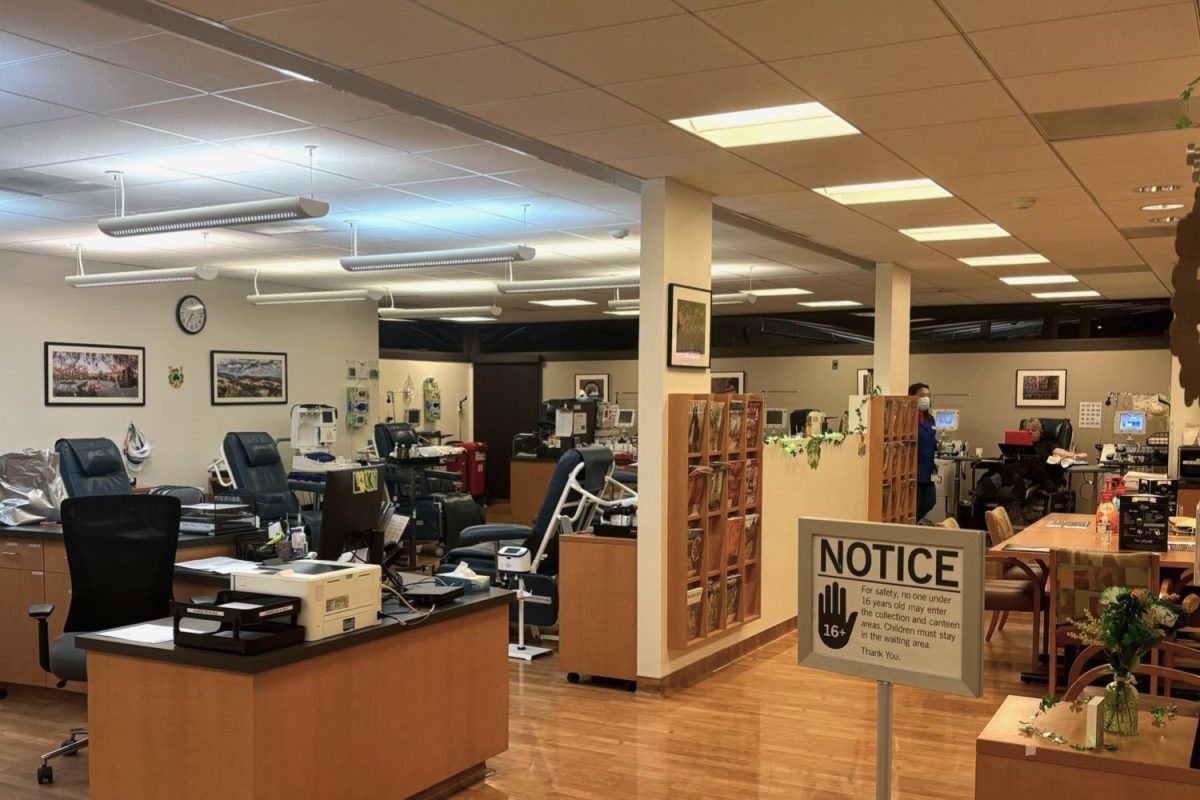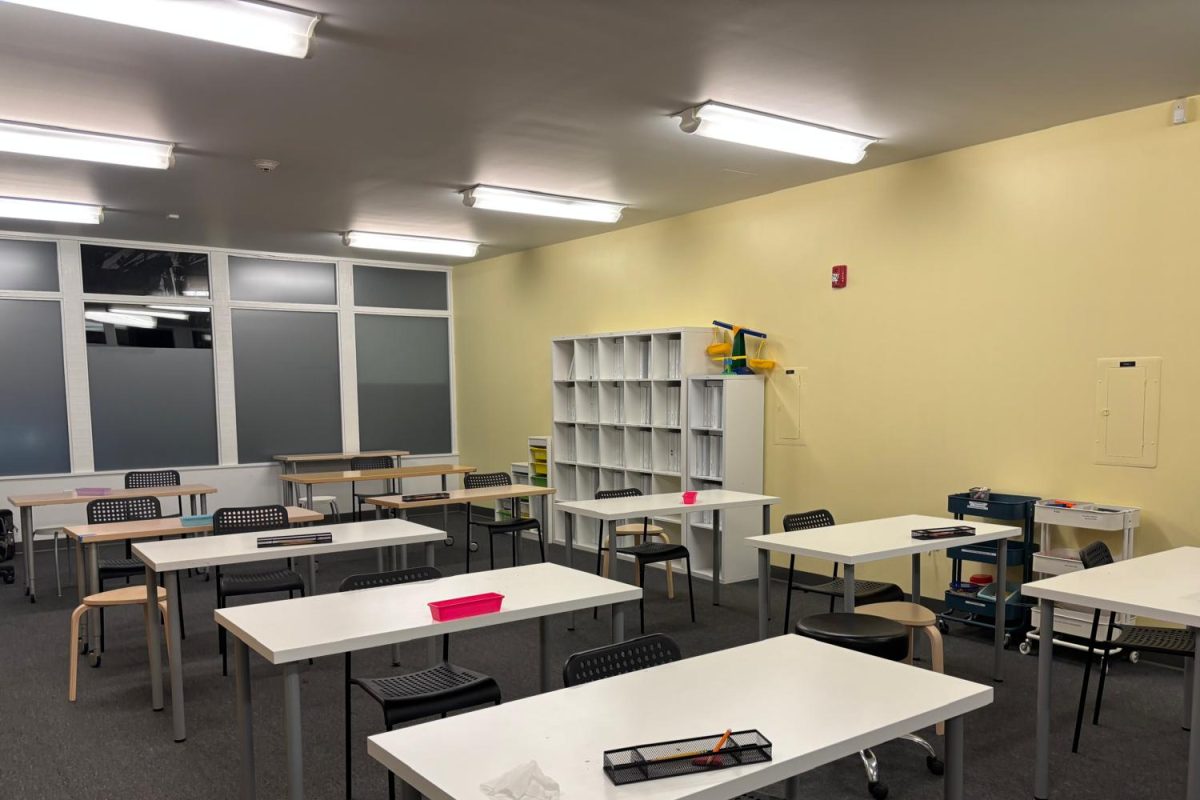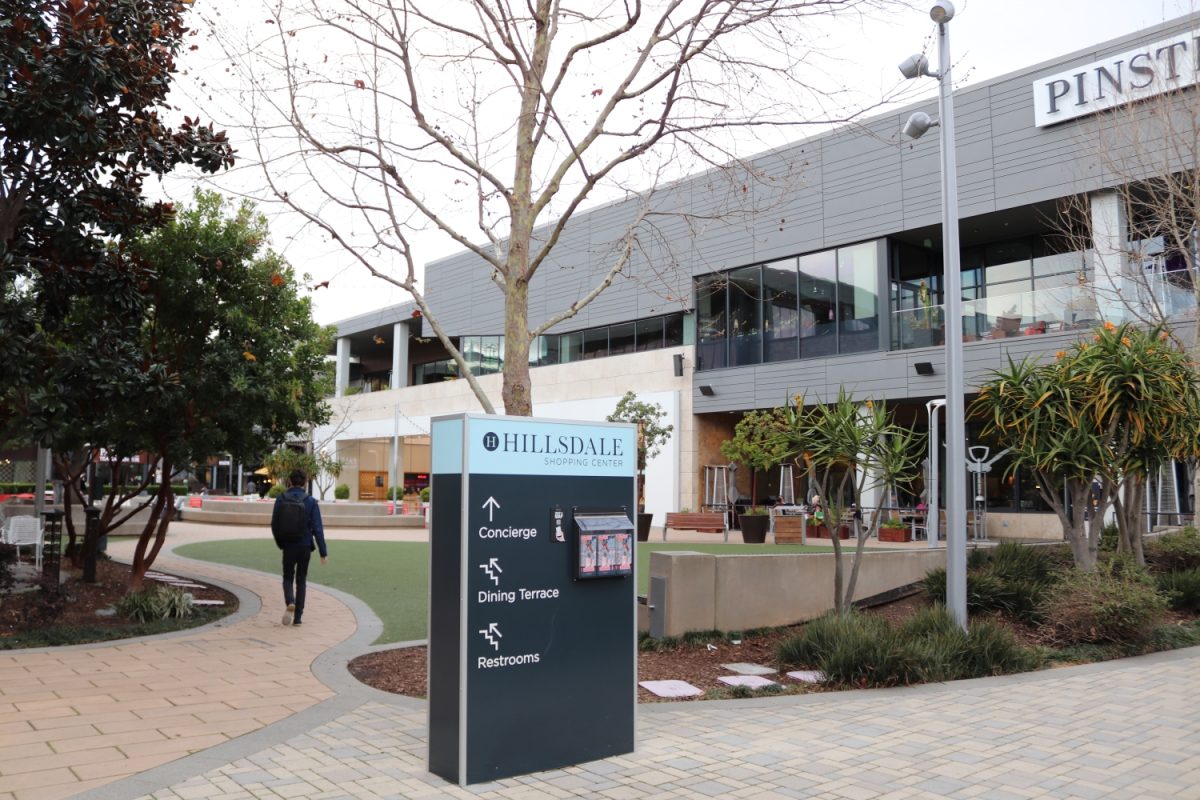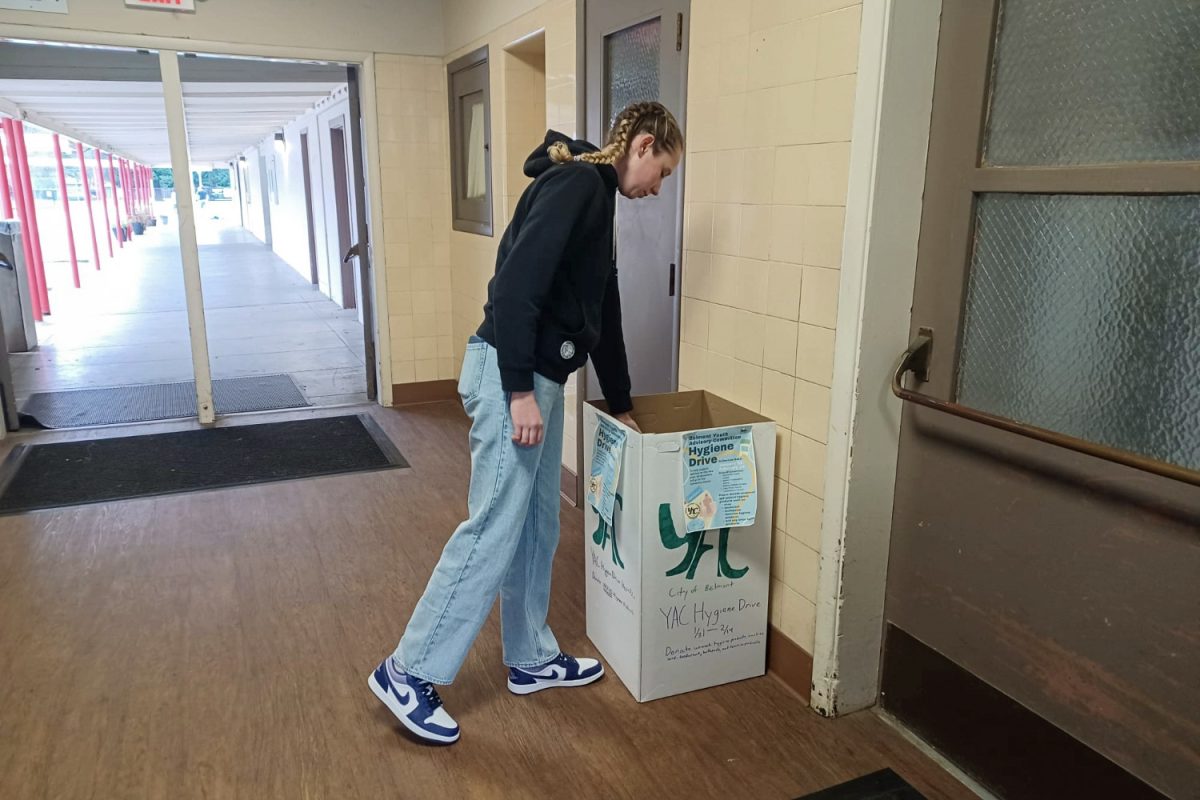Amid rising fatalities, Caltrain is initiating proactive safety measures, addressing concerns, and preventing tragedies on its San Francisco Bay Area tracks.
Caltrain, the vital commuter rail line serving the San Francisco Peninsula, has been actively addressing safety concerns to ensure the well-being of its passengers and the public. In 2023, there were 14 recorded deaths, slightly higher than the average of 12 per year, with a significant number attributed to suicides.
“It’s not really accurate to just count the deaths without looking at the whole picture,” Sudhir Mahajan, a former Caltrain signaling expert said. “You know, a good chunk of people who die on Caltrain’s tracks are suicides. And that’s just a tough thing to stop from happening on the tracks. Trains can’t just slam on the brakes in an instant.”
Still, Caltrain is actively working to enhance safety measures and minimize such occurrences.
The rail service has implemented various safety protocols, including rail safety tips, emergency preparedness, and safety briefings for the general public. Ongoing safety training and safety campaigns, such as “Don’t Shortcut Life,” are also part of Caltrain’s initiatives.
Caltrain seeks to empower individuals to make informed decisions and prioritize safety while using the rail service. By ensuring that their personnel are well-trained, Caltrain maintains safe operations both on the tracks and on the roadways.
“We want to make sure that our personnel who operate the service, are operating the service in a manner that is safe on the tracks as well as for passengers and employees,” said April Chan, CEO of San Mateo County Transit District.
One way to improve safety is through grade separations. Grade separations are built to separate different modes of transportation, such as roads and railways, to improve safety and reduce traffic congestion.
Grade separation projects, such as the Broadway Grade Separation Project in Burlingame, are also underway to enhance safety.
The American Association of State Highway and Transportation Officials (AASHTO) Highway Safety Manual reports that converting an at-grade, four-leg intersection to a grade-separated interchange reduces injury crashes by 57%, and converting a signalized intersection into a grade-separated interchange reduces injury crashes by 28%.
Furthermore, Caltrain is committed to collaborating with local authorities and governmental agencies to address safety concerns effectively.
Looking ahead, Caltrain recognizes the need to continue evolving safety measures and consider future safety considerations. Balancing service demands with the introduction of new equipment and infrastructure remains a challenge, but Caltrain is committed to making safety a top priority.
“At certain points, we find ourselves navigating the balance between delivering the necessary services of safety and addressing the essential aspects of acquiring new equipment, replacing outdated gear, or investing in constructing and procuring new facilities,” Chan said.
Through all of this, Caltrain continues to be a popular choice for transportation.
“I mean, I don’t think twice, I just hop on to the train,” said Aiden Shao, a sophomore at Carlmont.

